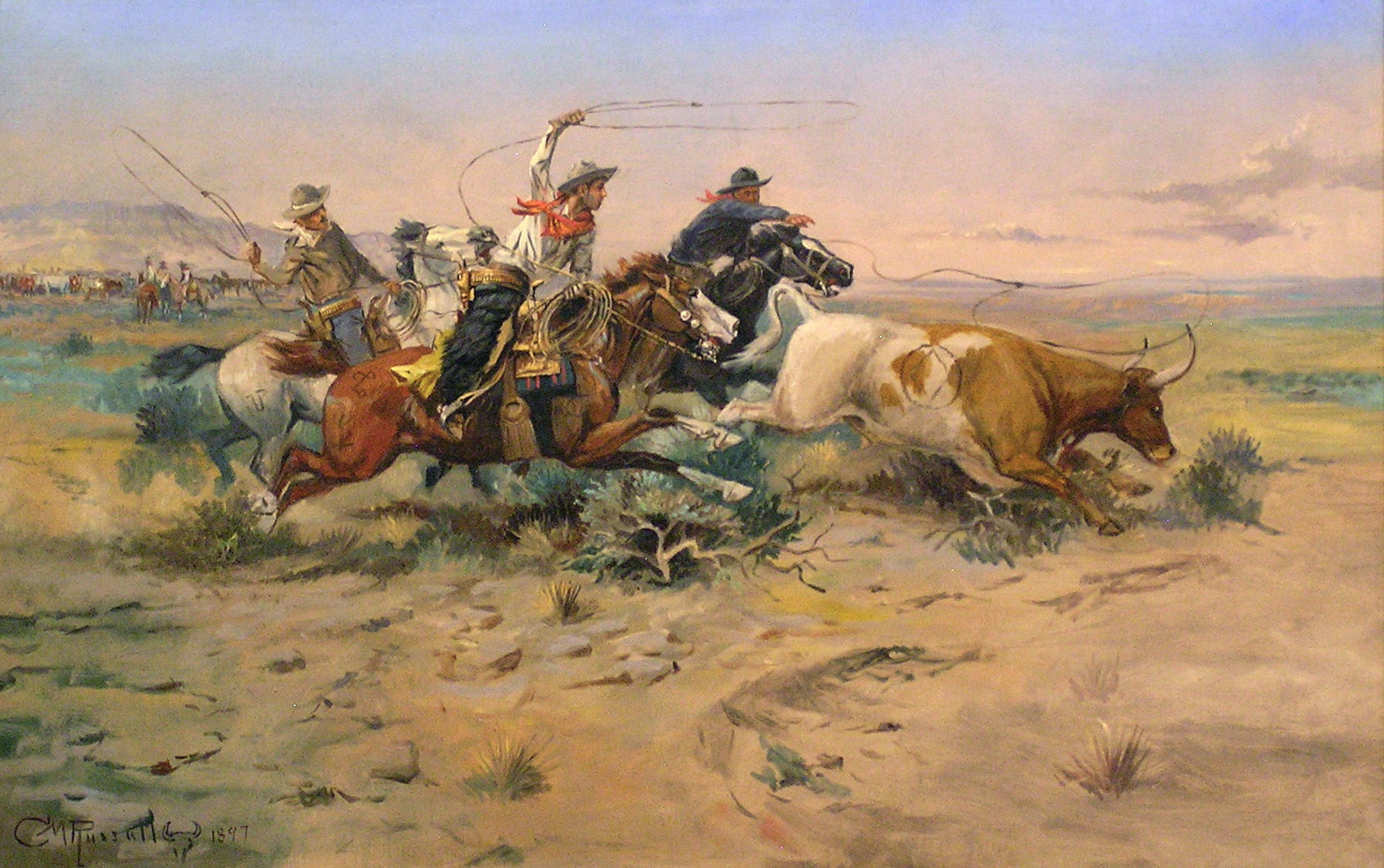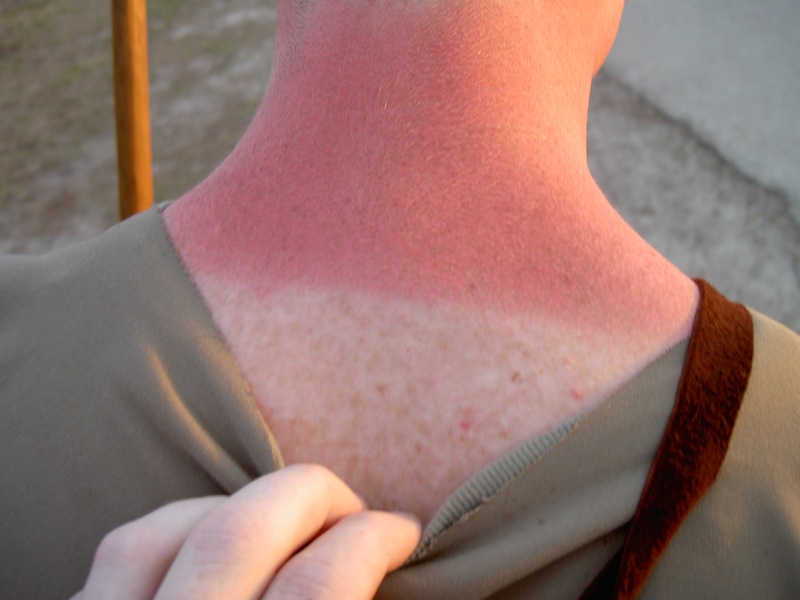|
Huaso
A ''huaso'' () is a Chilean countryman and skilled horseman, similar to the United States, American cowboy, the Mexico, Mexican ''charro'' (and its northern equivalent, the ''vaquero''), the ''gaucho'' of Argentina, Uruguay and Rio Grande Do Sul, and the Australian Stockman (Australia), stockman. A female ''huaso'' is called a ''huasa'', although the term ''china'' is far more commonly used for his wife or sweetheart, whose dress can be seen in cueca dancing. ''Huasos'' are found all over Central Chile, Central and Zona Sur, Southern Chile while the Aysén Region, Aysén and Magallanes and Antártica Chilena Region, Magallanes Region sheep raisers are ''gauchos''. The major difference between the ''huaso'' and the ''gaucho'' is that ''huasos'' are involved in farming as well as cattle herding. ''Huasos'' are generally found in Chile's central valley. They ride Chilean Horse, horses and typically wear a straw hat called a ''chupalla''. They also wear a poncho—called a ''manta' ... [...More Info...] [...Related Items...] OR: [Wikipedia] [Google] [Baidu] [Amazon] |
Culture Of Chile
The culture of Chile reflects the population and the geographic isolation of the country in relation to the rest of South America. Since colonial times, the Chilean culture has been a mix of Spain, Spanish colonial elements with elements of Indigenous people, indigenous (mostly Mapuche) culture, as well as that of other immigrant cultures. The Huasos of Zona Central, Chile, Central Chile and their native or folk music and dance are central to Chilean folk culture. Even though the folk traditions of Zona Central, Chile, Central Chile are central to Chilean cultural and national identity, Chile is both geographically and culturally diverse with both the North and the South having their own folk music and dance due to different indigenous peoples and different immigrant groups settling there. Additionally, while some regions of Chile have very strong indigenous heritage, such as Araucanía Region, Easter Island, and Arica and Parinacota Region, Arica y Parinacota Region, some regi ... [...More Info...] [...Related Items...] OR: [Wikipedia] [Google] [Baidu] [Amazon] |
Gaucho
A gaucho () or gaúcho () is a skilled horseman, reputed to be brave and unruly. The figure of the gaucho is a folk symbol of Argentina, Paraguay, Uruguay, Rio Grande do Sul in Brazil, the southern part of Bolivia, and the south of Chilean Patagonia. Gauchos became greatly admired and renowned in legend, folklore, and literature and became an important part of their regional cultural tradition. Beginning late in the 19th century, after the heyday of the gauchos, they were celebrated by South American writers. According to the , in its historical sense a gaucho was a "mestizo who, in the 18th and 19th centuries, inhabited Argentina, Uruguay, and Rio Grande do Sul in Brazil, and was a migratory horseman, and adept in cattle work". In Argentina and Uruguay today, gaucho can refer to any "country person, experienced in traditional livestock farming". Because historical gauchos were reputed to be brave, if unruly, the word is also applied metaphorically to mean "noble, brave and genero ... [...More Info...] [...Related Items...] OR: [Wikipedia] [Google] [Baidu] [Amazon] |
Cueca
Cueca () is a family of musical styles and associated dances from Chile, Argentina, and Bolivia. In Chile, the cueca holds the status of national dance, where it was officially declared as such by the Pinochet dictatorship on September 18, 1979. Origins While cueca's origins are not clearly defined, it is considered to have mostly European Spanish and arguably indigenous influences. The most widespread version of its origins relates it with the zamacueca which arose in Peru as a variation of Spanish Fandango dancing with ''criollo''. The dance is then thought to have passed to Chile and Bolivia, where its name was shortened and where it continued to evolve. Due to the dance's popularity in the region, the Peruvian evolution of the zamacueca was nicknamed "la chilena", "the Chilean", due to similarities between the dances. Later, after the Pacific War, the term marinera, in honor of Peru's naval combatants and because of hostile attitude towards Chile, was used in place ... [...More Info...] [...Related Items...] OR: [Wikipedia] [Google] [Baidu] [Amazon] |
Cowboy
A cowboy is an animal herder who tends cattle on ranches in North America, traditionally on horseback, and often performs a multitude of other ranch-related tasks. The historic American cowboy of the late 19th century arose from the ''vaquero'' traditions of northern Mexico and became a figure of special significance and legend.Malone, J., p. 1. A subtype, called a Wrangler (profession), wrangler, specifically tends the horses used to work cattle. In addition to ranch work, some cowboys work for or participate in rodeos. Cowgirls, first defined as such in the late 19th century, had a less-well documented historical role, but in the modern world work at identical tasks and have obtained considerable respect for their achievements. Cattle handlers in many other parts of the world, particularly South America and Australia, perform work similar to the cowboy. The cowboy has deep historic roots tracing back to Spain and the earliest European Settlement of the Americas, settlers of th ... [...More Info...] [...Related Items...] OR: [Wikipedia] [Google] [Baidu] [Amazon] |
Chupalla
The chupalla () is a traditional Chilean horseman's hat made of straw. Many people in rural areas of Central Chile use it as well. In addition, it is often used when dancing the cueca (a Chilean folk dance) and during Chilean rodeos. The name chupalla comes from ''achupalla'', a local name given to a bromelia plant that was used to make these hats. Today, chupallas are made of various types of straw, including rice and wheat. The phrase ''"por la chupalla"'' may be heard frequently in Chile, especially from the elderly. It is an interjection which is equivalent to the phrase "for Pete's sake!". The chupalla has a flat top and a perfectly circular rim. Cultural Significance The chupalla is more than just a hat; it is a symbol of Chilean cultural identity, particularly associated with the huaso, the Chilean cowboy. Traditionally worn during rural festivities, rodeos, and the national dance, the cueca, the chupalla represents the rustic charm and heritage of Chile's cent ... [...More Info...] [...Related Items...] OR: [Wikipedia] [Google] [Baidu] [Amazon] |
Palena Province
Palena Province () is the southernmost administrative area in Chile's Los Lagos Region Los Lagos (X). The area is also called Continental Chiloe or Northern Patagonia, as geographers consider the Palena Province to be the starting point of Chilean Patagonia which extends south from Palena all the way to Tierra del Fuego. Palena Province is remote, beautiful, and difficult to access. In fact, Palena is one of the most sparsely populated provinces in the country and features a stunning geography characterized by steep fjords, wild rivers, hot springs, and numerous snow-capped volcanos. Chile's Austral Highway (Carretera Austral) is not continuous through the jagged geography of Palena Province. Motorists accessing the area by car are required to take two ferries across fjords to cross the province. Historically, Chaiten was the provincial capital. Due to the eruption of Chaitén Volcano and the subsequent destruction of that town, Futaleufú was named the new provincial capital i ... [...More Info...] [...Related Items...] OR: [Wikipedia] [Google] [Baidu] [Amazon] |
Poncho
A poncho (; ; ; "blanket", "woolen fabric") is a kind of plainly formed, loose outer garment originating in the Americas, traditionally and still usually made of fabric, and designed to keep the body warm. Ponchos have been used by the Indigenous peoples of the Americas, Native American peoples of the Andes, Patagonia, and the Valley of Mexico since pre-Hispanic times, in places now under the territory of Argentina, Bolivia, Brazil, Chile, Colombia, Ecuador, Mexico, Peru, Uruguay, and Venezuela, and have also become familiar in parts of the United States, U.S. A rain poncho is made from a watertight material designed to keep the body dry from the rain. Types In its simplest form, the poncho is essentially a single large sheet of fabric with an opening in the center for the head. It often has an extra piece of fabric serving as a hood. Rainproof ponchos are normally fitted with fasteners to close the sides once the poncho is draped over the body, with openings provided for th ... [...More Info...] [...Related Items...] OR: [Wikipedia] [Google] [Baidu] [Amazon] |
Chamanto
A ''chamanto'' (Mapudungun ''chamall'', woolen fabric) is a traditional decorative garment from central Chile, similar to a poncho and woven in silk thread and wool. Its entire contour is finished with ribbon edging. Traditionally, Chilean festive ponchos incorporate colors such as grey, brown, red, black, and white. The difference between a ''chamanto'' and other ponchos is their reversibility, as both sides — one light, one dark — are fully finished. Traditionally, the dark side of the poncho is used during the day, while its light side is mostly worn at night. The ''chamantos'' gained world attention when they were worn by the 21 leaders of the Asia Pacific Economic Cooperation during the 2004 summit's official photo. The making of a ''chamanto'' demands great diligence, because of the exquisiteness involved in the weaving of the silk and wool, plus the intricacy of the design sketched by crossing the threads. The figures embellishing the ''chamantos'' include ''copihues' ... [...More Info...] [...Related Items...] OR: [Wikipedia] [Google] [Baidu] [Amazon] |
Aysén Region
The Aysén del General Carlos Ibáñez del Campo Region (, , '), often shortened to Aysén Region or Aisén,Examples of name usage1, official regional government site refers to the region as "Región de Aysén"., Chile's official meteorological agency refers to the region as "Región de Aisén".3 Chilean government official website refers of Pilar Cuevas Mardones as intendant of "Región de Aysén" .4Ministry of Public Works (Chile), Chile's Ministry of Public Works calls the region "Región de Aysén" in the title of their 2011 report on that region.5, Corporación Nacional Forestal, a government agency refers to the region as "Región de Aysén" in their homepage. Here is some evidence of the short name use in English:I ''The Guardian'' reports on the :es:Protestas en Aysén de 2012, 2012 Aysén protest.II ''Santiago Times'', a local English language newspaper use "Aysén Region" in a note referring to the same protest.III''Santiago Times'' again. *Vscientific paper in ''Journa ... [...More Info...] [...Related Items...] OR: [Wikipedia] [Google] [Baidu] [Amazon] |
Redneck
''Redneck'' is a derogatory term mainly applied to white Americans perceived to be crass and unsophisticated, closely associated with rural whites of the southern United States.Harold Wentworth, and Stuart Berg Flexner, ''Dictionary of American Slang'' (1975) p. 424. Its meaning possibly stems from the sunburn found on farmers' necks dating back to the late 19th century. Authors Joseph Flora and Lucinda MacKethan describe the stereotype as follows: :''Redneck'' is a derogatory term currently applied to some lower-class and working-class southerners. The term, which came into common usage in the 1930s, is derived from the redneck's beginnings as a "yeoman farmer" whose neck would burn as he or she toiled in the fields. These yeoman farmers settled along the Virginia, North Carolina, and South Carolina coasts. Its modern usage is similar in meaning to ''Cracker (pejorative), cracker'' (especially regarding Texas, Georgia, and Florida), ''hillbilly'' (especially regarding Appalac ... [...More Info...] [...Related Items...] OR: [Wikipedia] [Google] [Baidu] [Amazon] |







